What are the phases of the clinical trial process?
There are three primary phases an investigational drug has to go through before it can be approved by the FDA, and a fourth phase that an approved drug may enter.
Phase I
In this phase of a clinical trial, the sponsor wants to determine the maximum tolerated dose for the medication. Mode of action (how the drug exerts its effects), safety and side effects – these are some of the main issues that are of the utmost concern to drug makers at this stage of the clinical trial process. It is important to note that in Phase I studies, the overall safety of the medication in patients has not been established. Efficacy in Phase I, if observed, must be considered anecdotal until confirmed in more advanced studies.
Phase II
A drug reaches Phase II only when the FDA has reviewed the Phase I data and concludes that the drug is safe for patients, and that its clinical activity may be beneficial against a particular disease or condition. At this point, a larger group of patients are enrolled and condition- or disease-specific rating scales are used to record data. The goals are to continue safety assessment and to determine dosage for pivotal, Phase III efficacy trials.
Phase III
This is an important turning point for drug development. The medication has already passed the rigorous testing and review process required by the FDA, and now it is ready to be studied in an even larger patient population, with even more advanced rating scales and clinical measures. In recent years, there has been a growing industry trend to not only measure clinical effectiveness at this phase, but also measure “real world” results. For example, if patients show clinical improvement after entering the study, how are their activities of daily living improving (e.g., patients can work in the garden more often or attend their child’s games on a regular basis)? Most medications that reach Phase III will at least be considered for approval by an FDA advisory board.
Phase IV
At this phase in development, the drug has already been granted FDA approval. Phase IV studies are often performed to either identify an additional use for an already approved drug, or to gather additional safety information from a larger group of patients. In some cases, Phase IV studies are implemented to establish effectiveness in a subgroup of patients, for example, patients over age 65.

